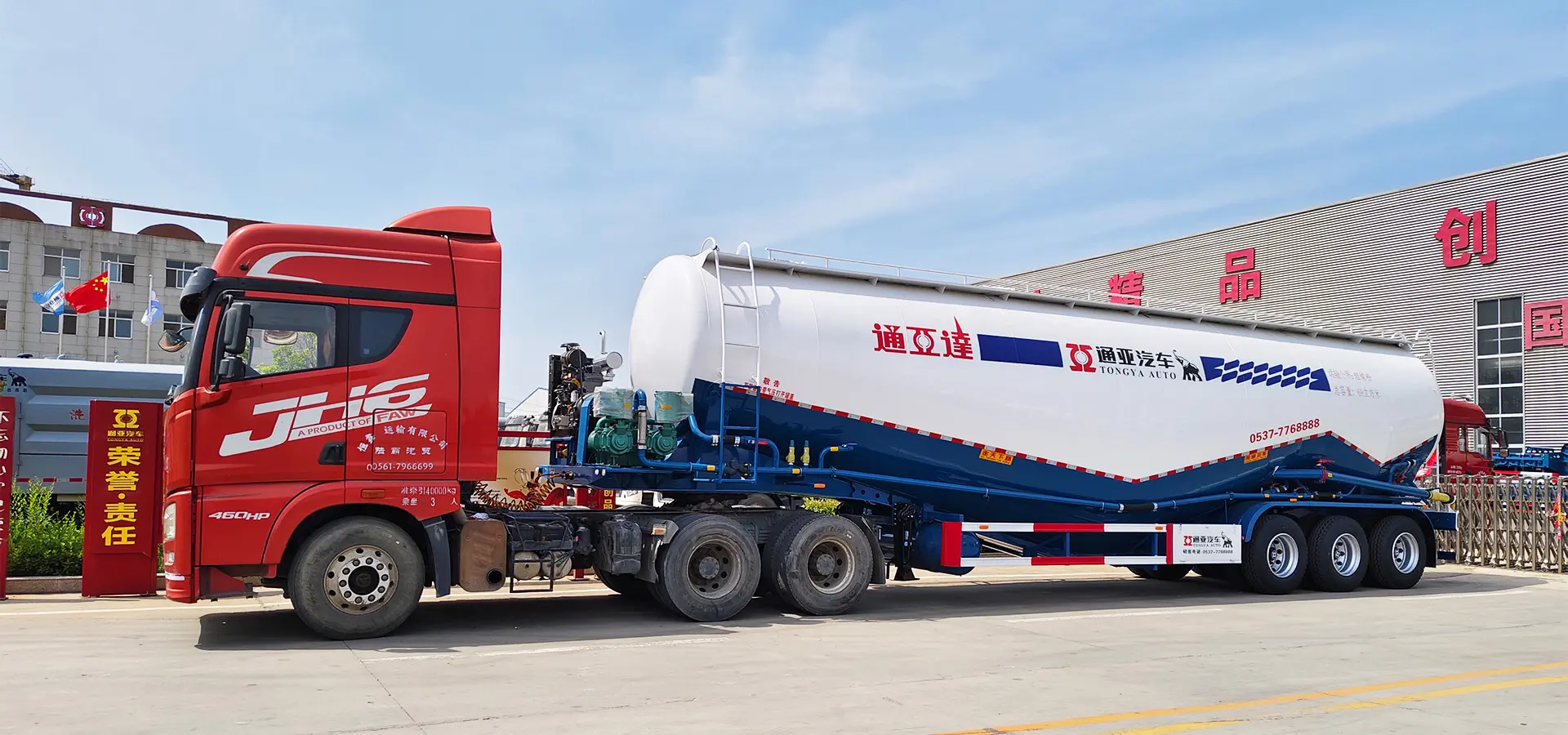The difference between a full trailer and a semi-trailer
1. Scope of vehicle use.
Semi-trailers are more flexible and applicable than full trailers, and can meet the needs of short-distance transportation and urban distribution. Semi-trailers can better play their advantages in narrow roads or complex intersections. Full trailers are more suitable for long-distance transportation and long driving distances.
2. Maneuverability
Full trailers have a long body, a relatively high center of gravity, and weak maneuverability. If you do not pay attention to driving skills, it is easy to cause accidents such as rollovers, causing casualties and property losses. Relatively speaking, the maneuverability of semi-trailers will be more stable. Since the connection point between the tractor and the trailer is relatively fixed and the center of gravity is relatively low, it is not easy to cause rollovers and other accidents during high-speed driving.
3. Body structure
Full trailers are generally composed of three parts: tractor, trailer and indirect connection structure. It can be regarded as a form of two trailers spliced together. Its connection points are suspended between the last axle of the front and rear trailers, and connected to the front and rear trailers through the interval connection structure.
A semi-trailer is composed of a tractor and a trailer. The front end of the tractor is connected to the rear end of the trailer through a universal joint to form a steering fulcrum, and the axle of the trailer wheel rests on the non-traction part of the front end of the tractor. The connection between the front end and the rear end is diverse.
4. Different traction methods
The difference between a semi-trailer and a full trailer is that the traction method is different. The semi-trailer is supported by the tractor. In addition to providing power, it also needs to bear the load of the trailer. The load of the full trailer is completely borne by itself. It is connected to the tractor through the trailer. The tractor does not need the load of the trailer, but is only used to provide traction.









